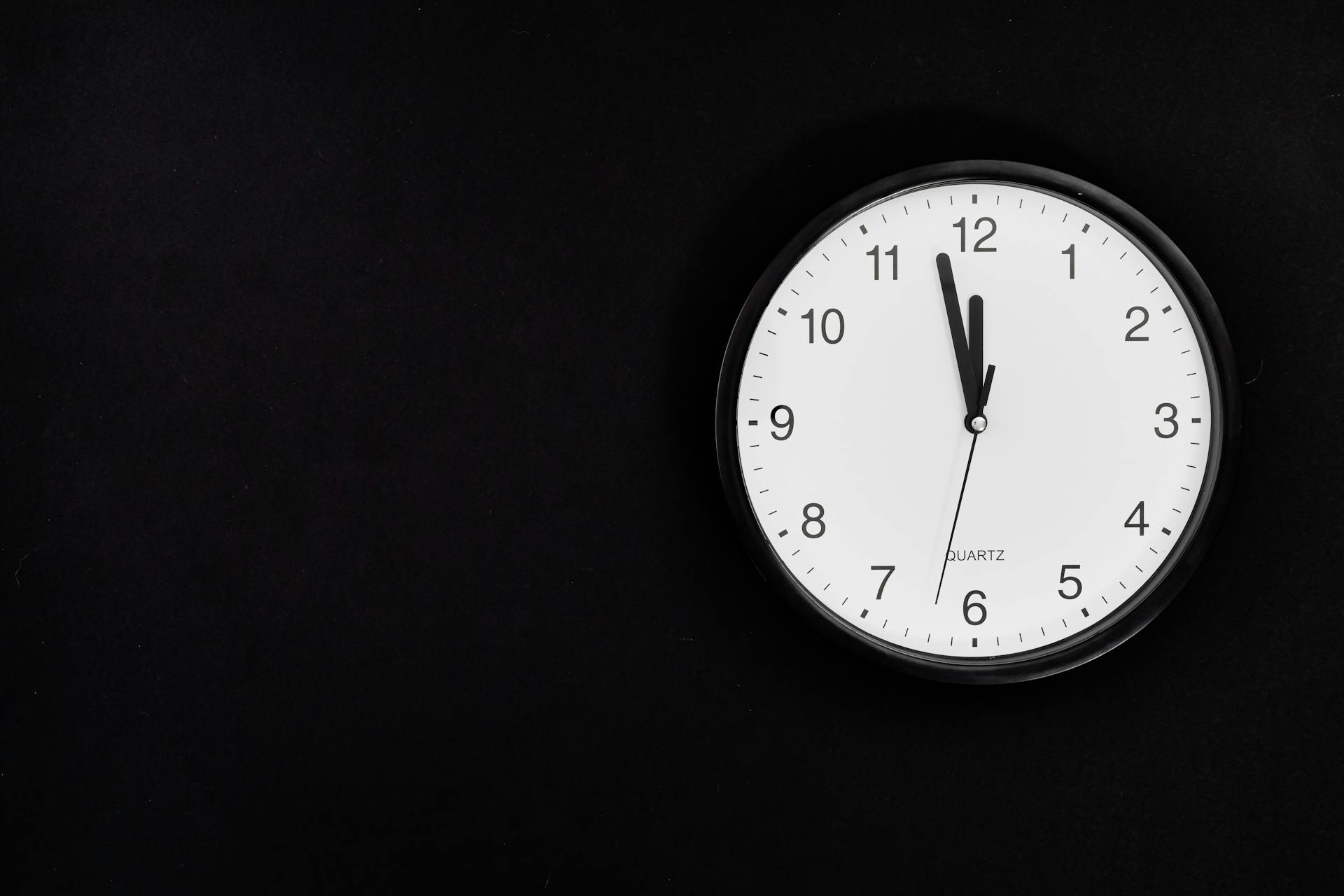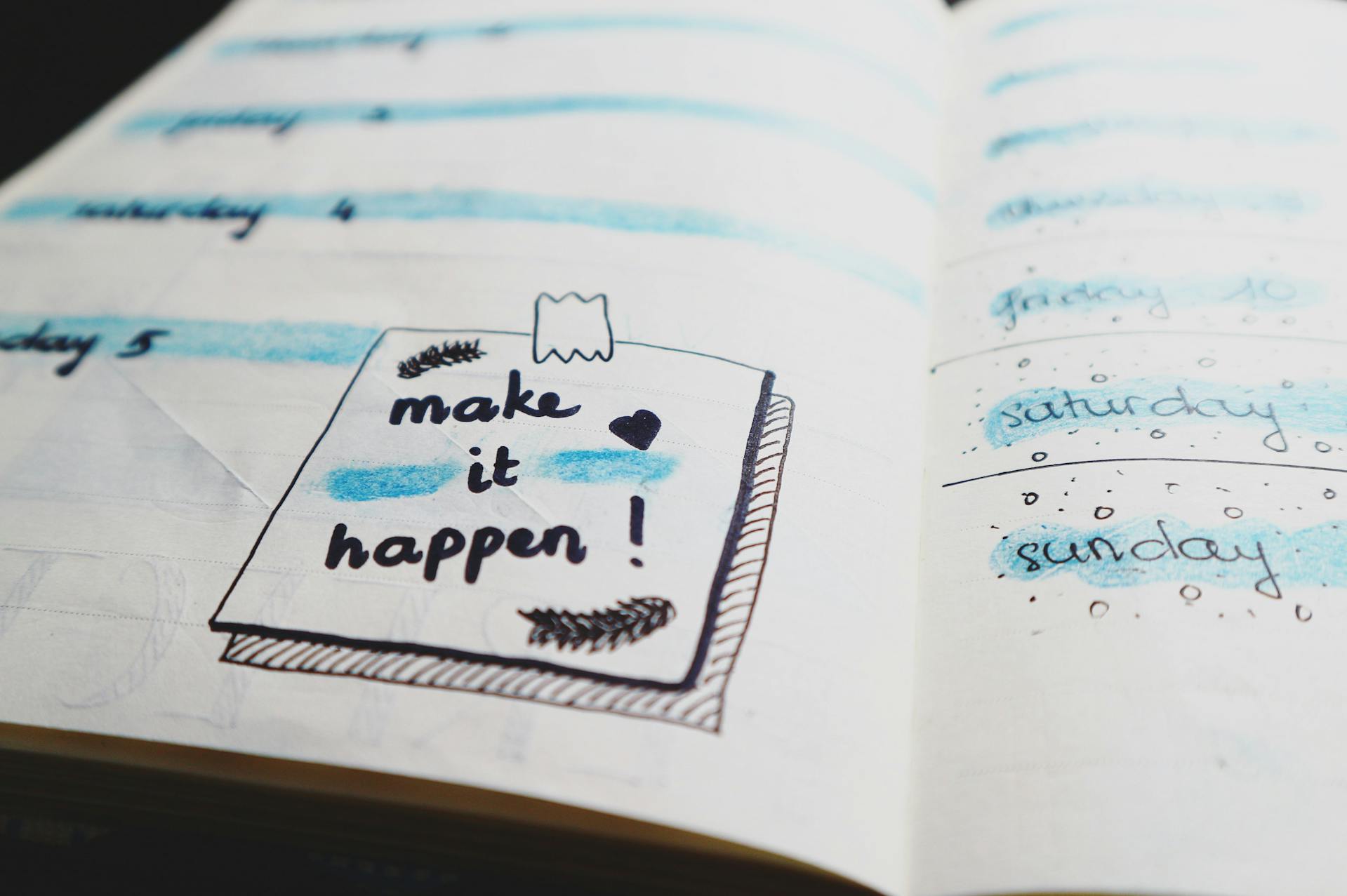

How often have you found yourself overwhelmed by an endless list of tasks? Although seemingly insignificant, these small tasks can add up and cause unnecessary stress and procrastination. Fortunately, the two-minute rule offers a simple yet effective solution.
The two-minute rule, first introduced by David Allen in his renowned book Getting Things Done, states, “If an action takes less than two minutes, it should be done at the moment it’s defined.” As simple as it sounds, this principle can make a profound difference in our daily lives, helping us overcome procrastination, reduce stress, and feel more accomplished.
Understanding the Two-Minute Rule
According to the two-minute rule, if a task can be completed in two minutes or less, it should be completed right away. This simple principle can profoundly affect your productivity and well-being despite its seemingly insignificant nature. After all, the quicker you deal with small, seemingly unimportant tasks, the less stress you’ll experience and the more accomplished you’ll feel.
Why Does the Two-Minute Rule Work?
Efficiency is the driving force behind this rule. For tasks that take less than two minutes, Allen argues that storing and tracking the item often takes longer than the task itself. To put it simply, now is the best time to do it.
It is especially relevant to those small, mundane tasks that can easily pile up and become overwhelming. When you address them promptly, you prevent mental clutter and stress associated with an ever-growing to-do list.
Benefits of the Two-Minute Rule
The two-minute rule provides immediate relief by eliminating small tasks that would otherwise consume mental space. In contrast, time-blocking or the Pomodoro Technique breaks work into intervals with breaks. In addition to maintaining momentum, this instant action reduces mental load, making other productivity methods more effective.
Other benefits include;
- Reduces procrastination. You can prevent small tasks from piling up and becoming overwhelming by addressing them immediately.
- It increases productivity. When you complete tasks on time, you can stay focused and avoid interruptions.
- Boosts satisfaction. You feel accomplished and satisfied when you check tasks off your to-do list.
- Builds momentum. As a result of completing small tasks, you can create a positive feedback loop, which motivates you to tackle larger ones.
Potential Challenges and Considerations
While the two-minute rule is an effective productivity technique, there are a few potential downsides to consider:
- Overwhelm. Applying the two-minute rule can overwhelm you when you have many small tasks to complete. In this case, it might be helpful to prioritize tasks and finish the most urgent or important ones first.
- Context switching. Constantly switching between tasks can be counterproductive. Consider setting aside specific times to complete small tasks if you are distracted by them.
- Overestimating time. To accomplish a task efficiently, you should estimate the required time. You may feel overwhelmed and frustrated if you consistently underestimate the time needed.
Master the 2-Minute Rule: Boost Productivity, Reduce Stress
Ultimately, using the two-minute rule will boost your productivity. Again, taking care of small tasks immediately will enable you to reduce stress and declutter your to-do list.
However, if you’re struggling to get started, here’s how it can be implemented;
Productivity quick wins.
In two minutes or less, you can easily accomplish the following tasks:
- Communication. Send and receive emails, texts, and work messages; approve or sign off on assignments; and leave voicemails.
- Household chores. Clean your dishes, arrange your workspace, sanitize your devices, and water your plants.
- Digital decluttering. Remove unnecessary apps from your computer, organize your desktop, empty your trash folders, and unsubscribe from unwanted emails.
- Self-care. Make leftovers for lunch, take a short stretch break, trim your nails, meditate, or schedule an appointment.
- Administrative tasks. Send follow-ups and thank you notes, file receipts, and sort incoming mail.
- Social connections. Be kind to someone, send a quick Slack update, or offer some encouragement via text.
Taking larger tasks and breaking them down.
Almost any task can be broken down into smaller, manageable steps that can be completed within two minutes. Rather than feeling overwhelmed by the prospect of writing an entire essay, start by simply writing the first sentence.
Getting over procrastination.
Using the two-minute rule can be an effective way to overcome procrastination. To make this productivity hack work for you, here are some tips:
- Aim for action, not perfection. You don’t have to strive for perfection. Pursuing perfection is not only impossible but can also lead to procrastination.
- Be consistent. If you want the best results, make a conscious effort to follow the two-minute rule consistently. Every day, identify tasks that fall into this category and commit to completing them as soon as possible.
- Don’t forget to take mental breaks. Performing demanding tasks for an extended time can lead to burnout. You can refresh your mind by taking short mental breaks every two minutes.
Showing up is key: Don’t overthink it.
As best-selling author James Clear points out, we often get caught up in the idea of perfection regarding habits. Undoubtedly, we would like to meditate for an hour, run five miles, or write a thousand words every day. However, the most important thing is to simply show up.
You can compare it to building a house. Before you can build a roof, you must lay a foundation. In the same way, he emphasizes that a skill cannot be mastered if you can’t consistently perform the basics. Instead of trying to do everything perfectly from the start, focus on doing the easy things more often.
After establishing a habit, showing up becomes a ritual, Clear explains. Through this ritual, you can slip into deep focus, allowing you to perform at your best. You’ll be more likely to succeed when you practice a consistent warm-up routine, a creative ritual, or a power-down habit.
So, his final words of advice? Don’t overthink it. Just start. Start easy, and the rest will follow.
Timing is everything.
Time management expert Maura Thomas says the 2-minute rule should be applied during processing time. During this stage, you review tasks and decide what to do with them. During email processing, for example, if you see a quick reply or simple request, it’s usually better to handle it immediately.
She says the two-minute rule can hinder productivity when used indiscriminately. When you’re in the middle of a focused work session, interrupting your flow to complete a minor task isn’t always helpful. Therefore, the two-minute rule is most useful during processing times.
Conclusion
We should follow the two-minute rule, a simple yet powerful productivity hack, to increase efficiency and reduce stress.
When we tackle small tasks immediately, we can declutter our to-do lists, avoid procrastination, and feel more accomplished. Incorporating the 2-minute rule into our daily routines can help us take control of our productivity.
Image Credit: Karolina Kaboompics; Pexels











John Rampton
John’s goal in life is to make people’s lives much more productive. Upping productivity allows us to spend more time doing the things we enjoy most. John was recently recognized by Entrepreneur Magazine as being one of the top marketers in the World. John is co-founder of Calendar.